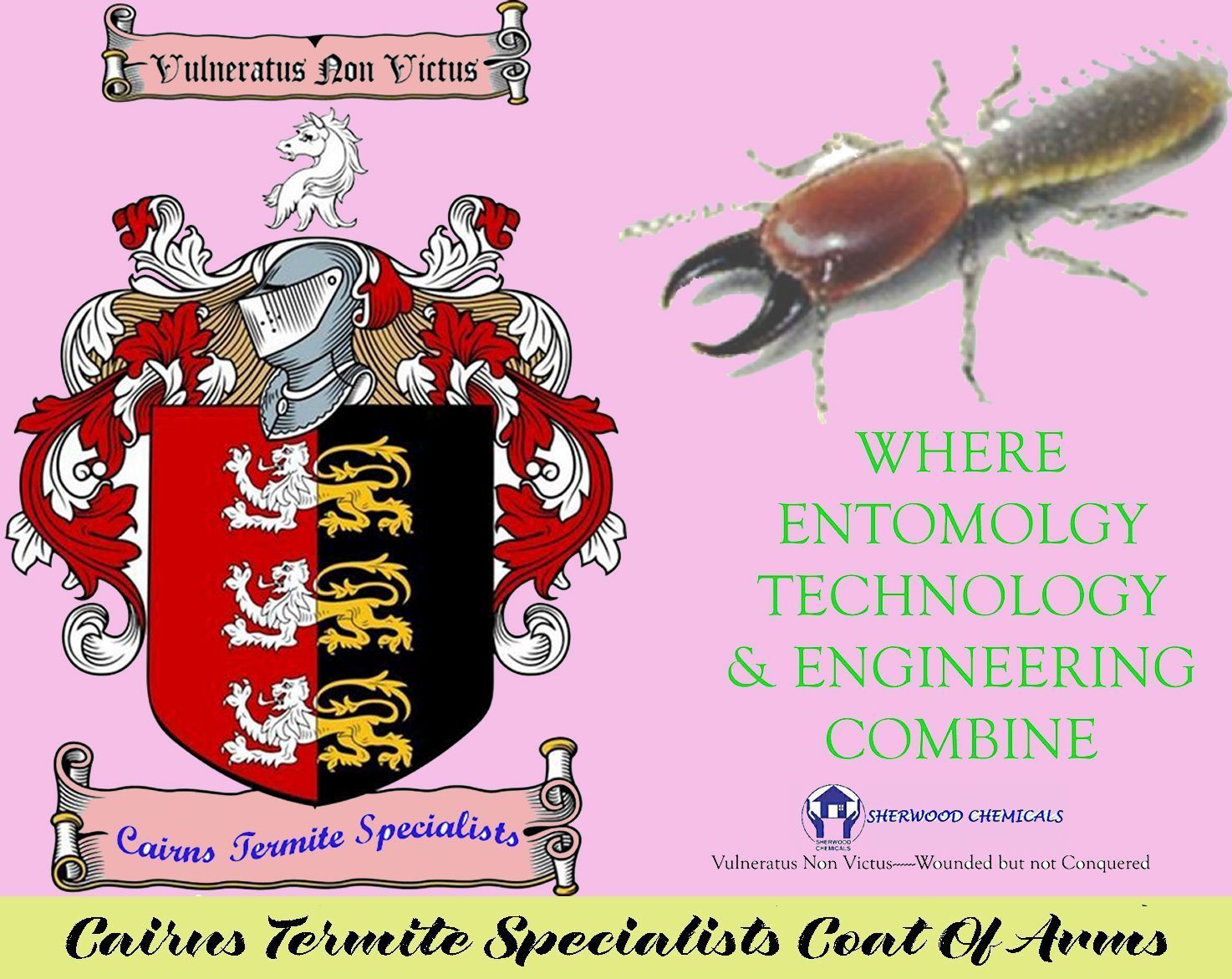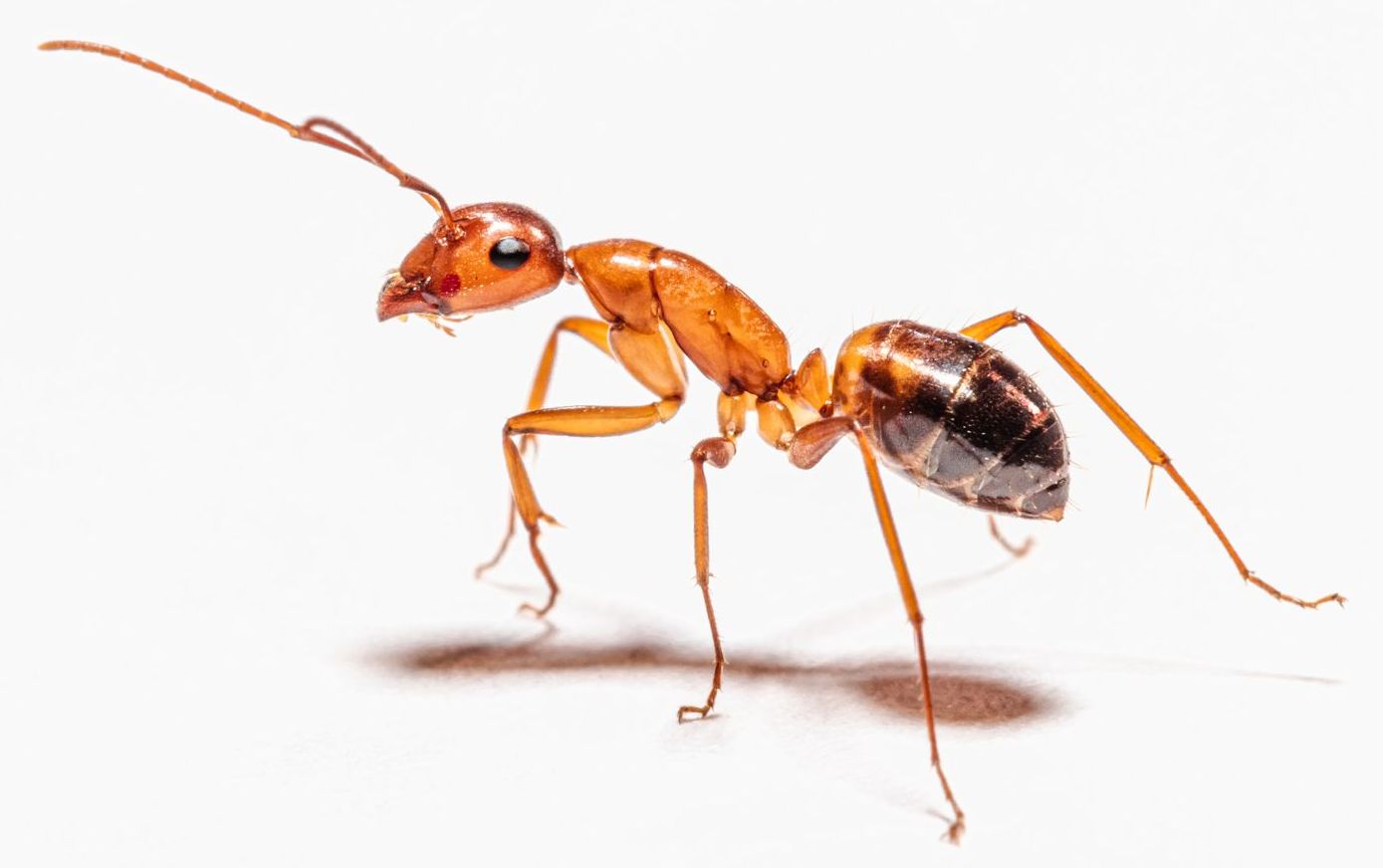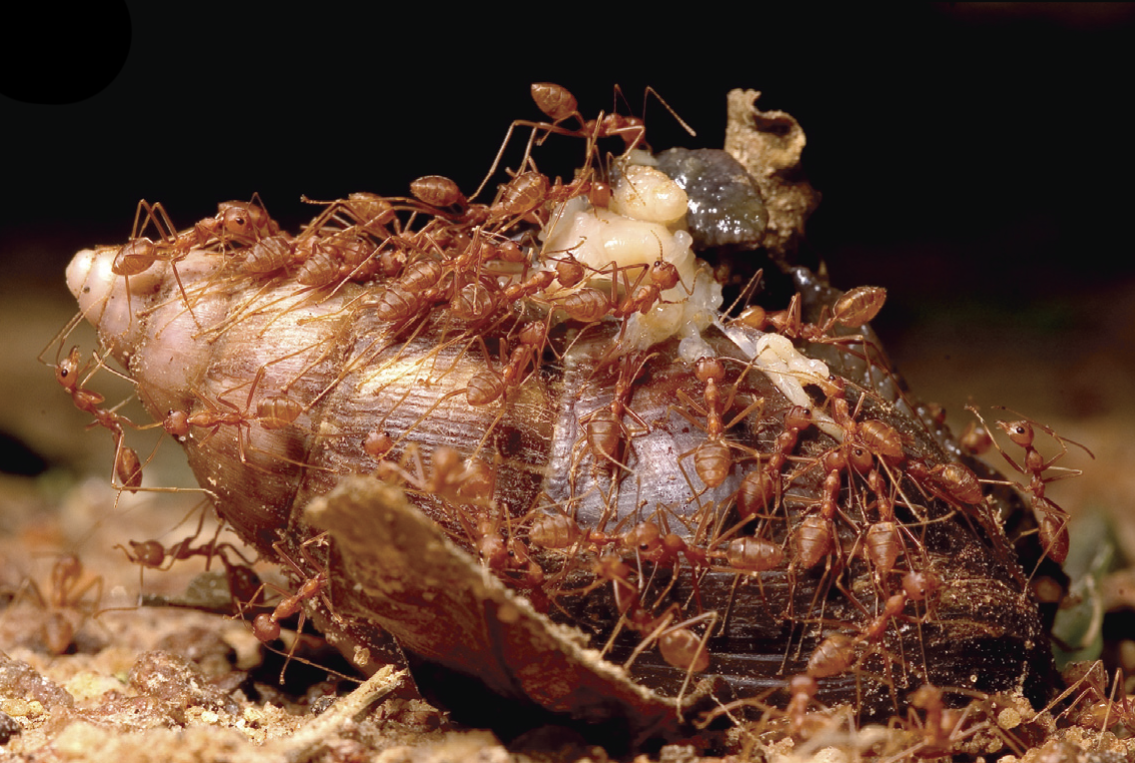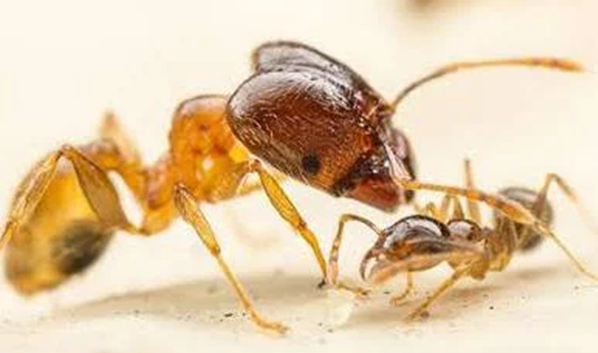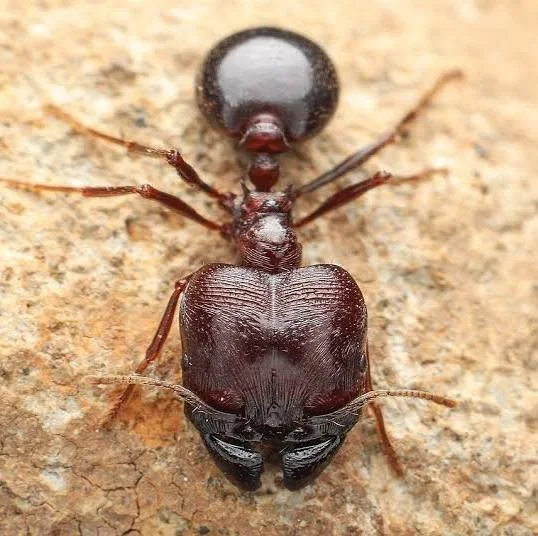ANTS
Cairns Pest Control is a specialist pest control company with extensive experience and expertise in handling various pest issues, INCLUDING ANTS They offer a wide range of services, including general pest control, termite management, commercial pest management, pre-purchase inspections, and specialized treatments. Their team includes experienced technicians, surveyors, and specialists who provide effective and safe solutions for both residential and commercial properties.
Comprehensive Ant Pest Control in Cairns North Qld:
Leveraging Expertise, Innovation, and Biosecurity
How Cairns Pest Control Experts Use the Latest Technology and Environmental Knowledge to Manage Ant Infestations, Including Tramp Ants
Ants, while fascinating parts of the natural world, become formidable pests when they invade homes, businesses, or sensitive environments. In Cairns North Qld, the tropical climate and lush surroundings provide a perfect setting for a wide range of ant species—some native, others invasive. Effective ant control requires not only technical expertise but also an intricate understanding of local species, their habitats, and their impact on Australia’s biosecurity.
The Ant Challenge in Cairns.
Cairns , located in Far North Queensland, is renowned for its biodiversity, with verdant rainforests, wetlands, and urban landscapes. Unfortunately, this richness also fosters thriving populations of various ant species. These include common household invaders like the Black House Ant and coastal Brown Ant, as well as more dangerous invasive species known as tramp ants, such as the Yellow Crazy Ant and the Electric Ant.
Ant infestations can lead to:
· Damage to property and infrastructure
· Contamination of food supplies
· Threats to native flora and fauna
· Disruption of agricultural activities
· Risks to human health through bites or allergic reactions
Given these consequences, the role of Cairns Pest Control experts in Cairns North has never been more vital.
Expertise at the Forefront: Cairns Pest Control Professionals
Pest control in the tropics is not a generic affair. Cairns pest control experts are uniquely trained to deal with the region’s specific pest challenges. Their approach is thorough, scientific, and proactive.
Identification and Knowledge of Ant Species
A foundational step in effective pest management is the correct identification of the invading ant species. Cairns Pest Control utilise their knowledge of ant behaviour, biology, and habitat. This entails:
· Surveying and mapping infestations to determine the extent of the problem
· Distinguishing between native and invasive (tramp) ant species
· Studying breeding cycles, nesting sites, feeding preferences, and movement patterns
Understanding these factors allows experts to tailor control strategies for maximum effectiveness, minimising harm to non-target species and the environment.
Tramp Ants: A Biosecurity Priority
Tramp ants are a group of highly invasive species notorious for their ability to spread rapidly and cause ecological disruption. In Cairns North, two species are especially concerning:
· Yellow Crazy Ant (Anoplolepis gracilipes): Known for forming supercolonies and displacing native wildlife.
· Electric Ant (Wasmannia auropunctata): Small but aggressive, these ants can significantly impact biodiversity and human activities.
Biosecurity efforts in the region hinge on early detection and strategic intervention, both of which rely heavily on local knowledge and expertise.
Latest Technology in Ant Pest Control
Modern pest control has evolved beyond traditional sprays and block treatments. Cairns Pest Control company now harness cutting-edge technology to improve efficiency, safety, and outcomes.
Spray Applications: Precision and Safety
Sprays remain a staple in ant management, but the latest products are formulated for targeted action:
· Low-toxicity, high-efficacy solutions: These sprays reduce environmental impact while delivering potent control.
· Residual activity: Modern sprays continue to protect for weeks, sometimes months, after application.
· Barrier sprays: Applied around the perimeter of structures, they prevent reinvasion by forming an invisible shield.
Baiting Technology: Smart, Systemic Control
The use of bait is revolutionising ant control. Baits appeal to the foraging instincts of ants, allowing for colony-level eradication:
· Gel and granular baits: These are designed to attract specific ant species, enhancing uptake and reducing bait aversion.
· Slow-acting ingredients: Allow ants to carry the bait deep into the nest, ensuring the queen and larvae are affected.
· Species-specific formulations: Reduce risk to beneficial insects and pets.
By using the latest research and products, Cairns Pest exterminators can achieve sustainable, long-term control over even the most persistent infestations.
Environmental Controls and Habitat Management
Effective ant management is not just about elimination—it’s also about understanding and modifying the conditions that support pest populations in the first place.
Integrated Pest Management (IPM)
Cairns Pest professionals favour IPM, a holistic strategy that combines multiple tactics:
· Source reduction: Removing food and water sources, sealing entry points, and reducing shelter opportunities
· Habitat modification: Pruning vegetation, managing mulch, and maintaining landscaping to deter nesting
· Regular monitoring: Using traps and site inspections to catch new infestations early
This approach reduces reliance on chemicals and aligns with environmental conservation goals.
Eco-friendly Methods
With growing concern for local ecosystems, Cairns Pest Control services often select treatments certified for safety around children, pets, and wildlife. Biodegradable products, natural oils, and non-toxic deterrents form part of their arsenal.
Supporting Biosecurity and Community Health
Ant infestations, especially those involving tramp ants, pose a clear threat to biosecurity, agriculture, and native biodiversity. By staying at the forefront of technology and environmental science, Cairns Pest Control experts play a critical role in:
· Protecting Australia’s unique ecosystems
· Safeguarding the agricultural industry from costly invasions
· Preserving public health and domestic comfort for residents
Collaboration and Reporting
The company works in close partnership with biosecurity agencies, conservation groups, and local authorities. Rapid reporting and coordinated responses are essential in containing new incursions of invasive ant species.
Weaver Ant. Green Ant. Green Tree Ant.
Oecophylla smaragdina (common names include Asian weaver ant, weaver ant, green ant, green tree ant, and orange gaster) is a species of arboreal ant found in tropical Asia and Australia. These ants form colonies with multiple nests in trees, each nest being made of leaves stitched together using the silk produced by the ant larvae: hence the name 'oecophylla' [Greek for 'leaf-house'].
Weaver ants in Australia, specifically the species Oecophylla smaragdina, are known for their unique nest-building behavior where they weave leaves together using larval silk. These ants, also called green tree ants, are found in northern Australia, particularly in Queensland, Western Australia, and the Northern Territory. They are recognized for their bright green gasters (abdomen) and their ability to inflict painful bites and spray formic acid when disturbed.
Green-Head Ant
The green-head ant (Rhytidoponera metallica) is a species of ant that is endemic to Australia. It was described by British entomologist Frederick Smith in 1858 as a member of the genus Rhytidoponera in the subfamily Ectatomminae. These ants measure between 5 and 7 mm (0.20 and 0.28 in). The queens and workers look similar, differing only in size, with the males being the smallest. They are well known for their distinctive metallic appearance, which varies from green to purple or even reddish-violet. Among the most widespread of all insects in Australia, green-head ants are found in almost every Australian state, but are absent in Tasmania. They have also been introduced in New Zealand, where several populations have been established.
This species lives in many habitats, including deserts, forests, woodland and urban areas. They nest underground below logs, stones, twigs, and shrubs, or in decayed wooden stumps, and are sometimes found living in termite mounds. They are among the first insects to be found in burnt-off areas after the embers have stopped smouldering. Rain presents no threat to colonies as long as it is a light shower in continuous sunshine. The green-head ant is diurnal, active throughout the day, preying on arthropods and small insects or collecting sweet substances such as honeydew from sap-sucking insects. They play an important role in seed dispersal, scattering and consuming seeds from a variety of species. Predators include the short-beaked echidna (Tachyglossus aculeatus) and a number of bird species.
Green-head ant workers are gamergates, meaning they can reproduce with winged males. With workers taking over the reproductive role, queens are relatively insignificant and are rarely produced in colonies. Nuptial flight begins in spring, with males mating with one or two females. Queens that establish their own colonies are semi-claustral, going out and foraging to support their young. Another way colonies are formed is through budding, where a subset of the colony leaves the main colony for an alternative nest site. The green-head ant is known for its painful and venomous sting that can cause anaphylactic shock in sensitive humans. However, they can also be beneficial to humans, acting as a form of pest control by preying on agricultural pests such as beetles, moths and termites.
